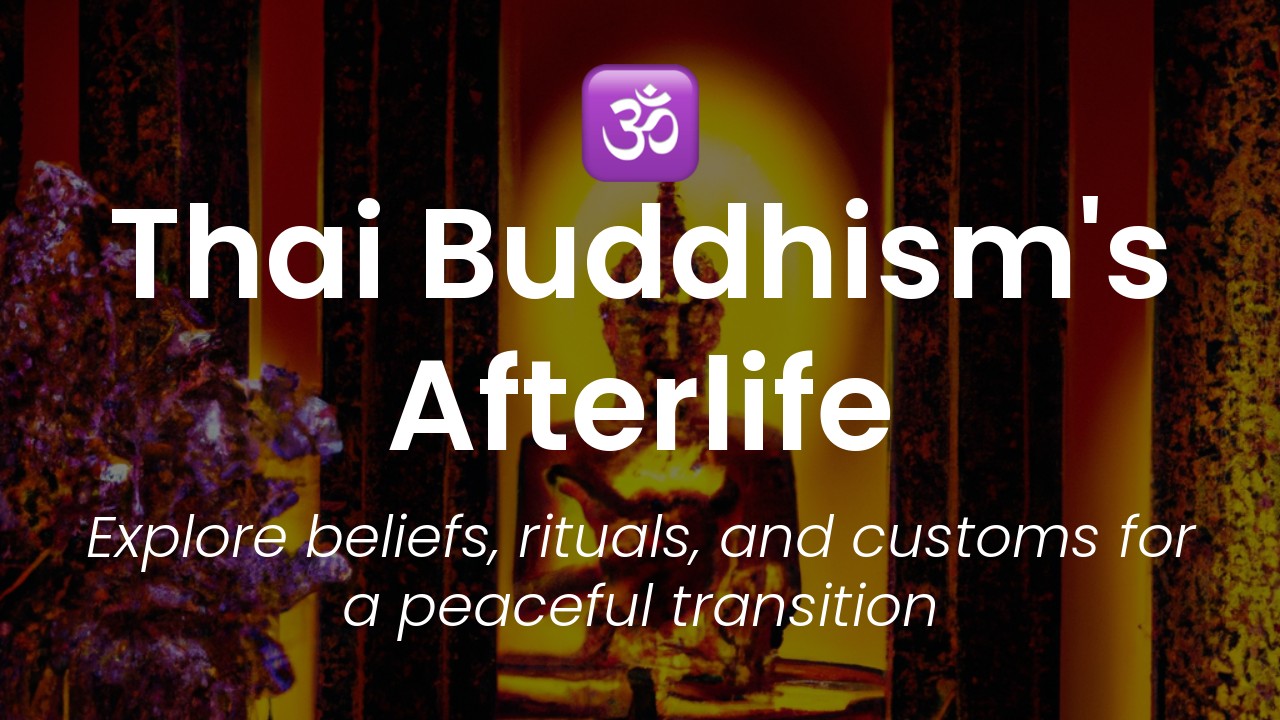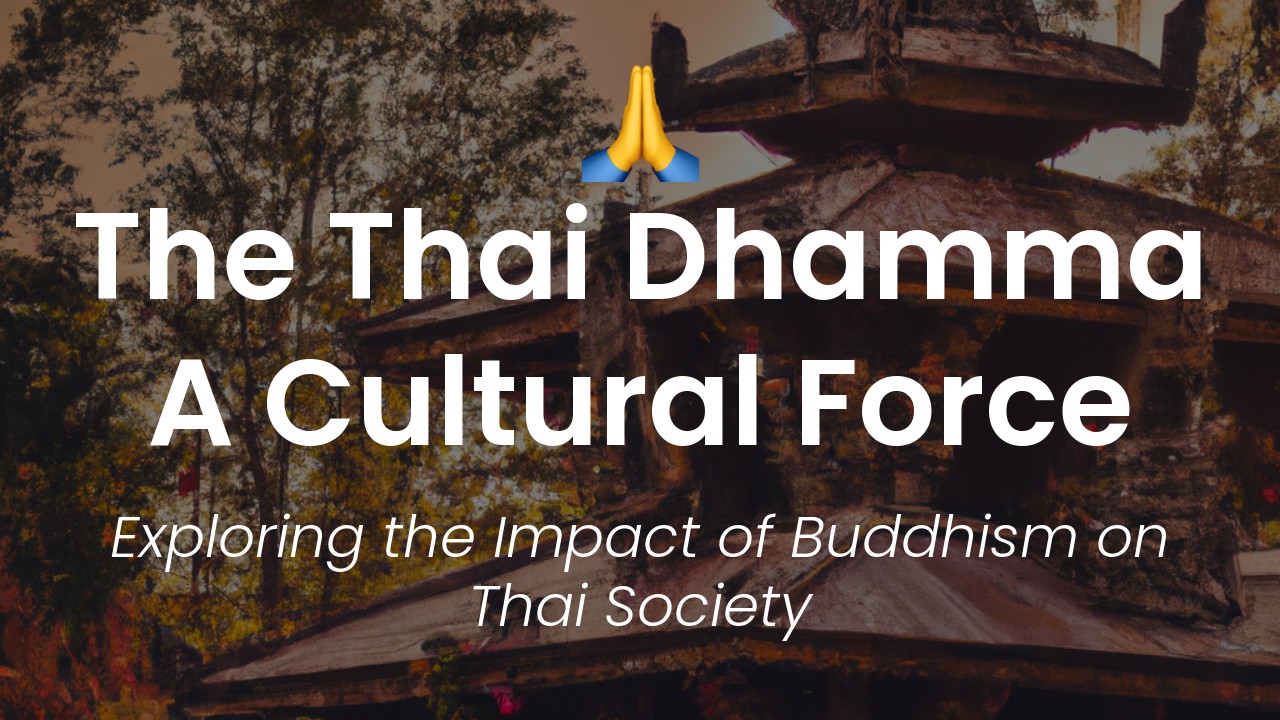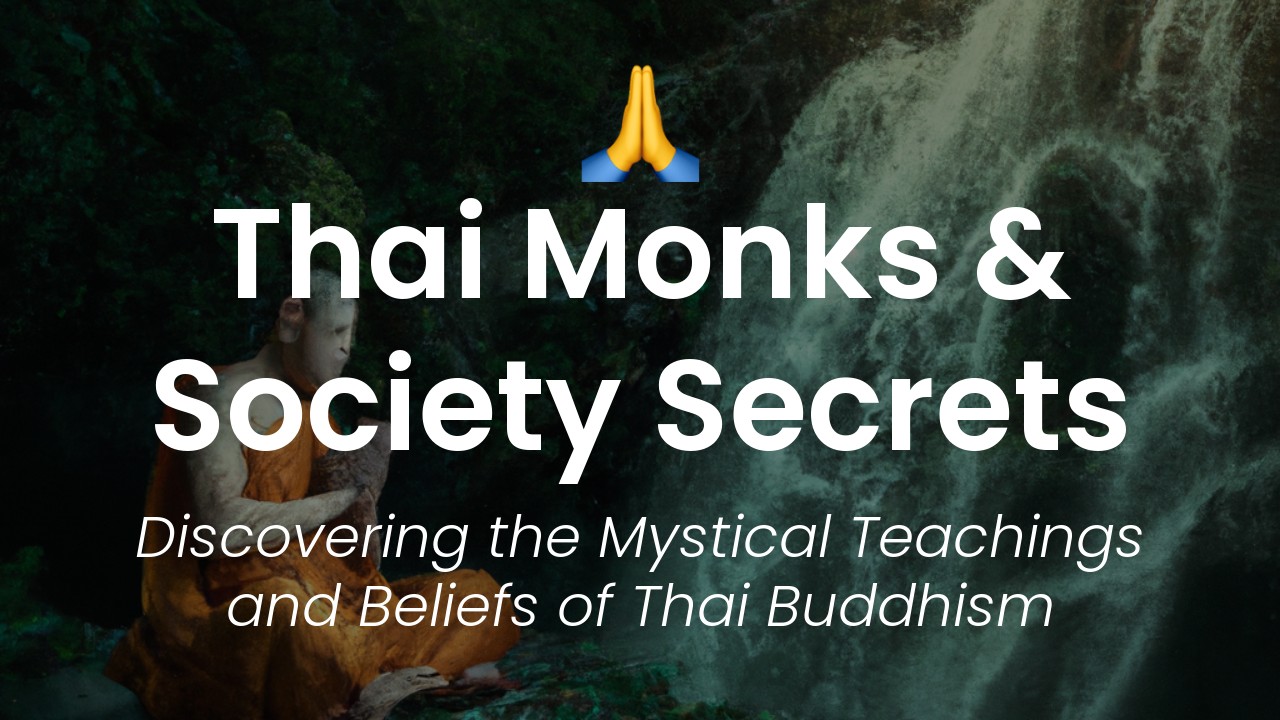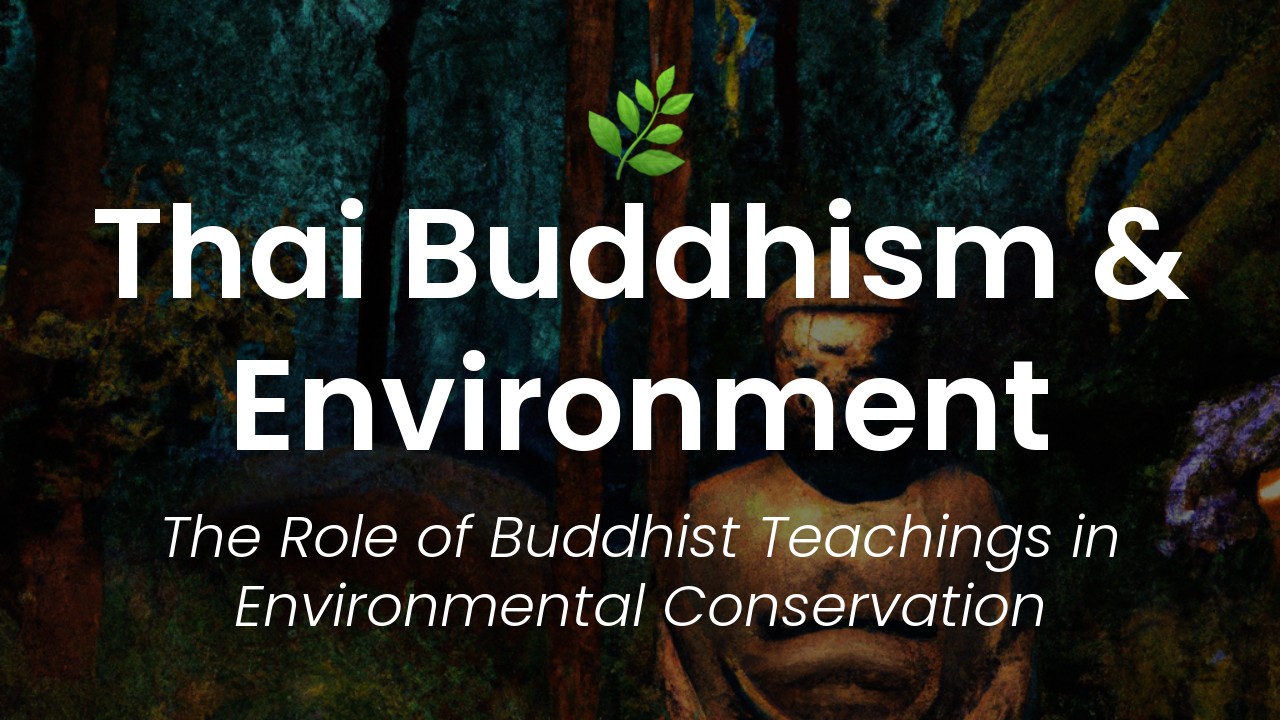As a Thai woman, I cannot emphasize enough how much Buddhism has shaped our culture. Religion in Thailand is not just a mere practice, but it is deeply ingrained in our everyday lives, customs, and traditions. You can feel its influence from the grand temples that dot the landscape, the daily rituals that we follow, to the way we speak and interact with each other.
Buddhism arrived in Thailand over 2,000 years ago, and it has since become an integral part of our society. Over the years, it has intertwined with our cultural identity and helped shape us into who we are today. It has played a significant role in our history, shaping our art, architecture, and rituals.
One of the most notable influences of Buddhism on our culture is the concept of ‘sanuk,’ which means doing things that are enjoyable. This laid-back and easygoing approach is a reflection of the Buddhist principle of ‘letting go’ and not holding onto things that do not serve us. This is why Thai culture is often characterized by a sense of joie de vivre, with an emphasis on finding happiness and pleasure in everything that we do.
Siddhartha Gautama's Journey
Buddhism is a religion that originated in ancient India, but it has had a significant impact on Thai culture. The journey of Prince Siddhartha Gautama, who later became the Buddha, is the foundation of this religion. When he was young, Prince Siddhartha was a privileged man who enjoyed a life free of suffering. However, he was not content and was curious about life's purpose. He left his palace and spent years meditating, seeking knowledge to understand the true nature of existence.
This journey and the Buddha's ultimate enlightenment inspired Thai philosophy, personal development, and artistic expression. Thai people believe that less suffering is possible through following Buddhist principles, which include mindfulness, meditation, and the Eightfold Path. These principles have shaped and influenced various aspects of Thai culture, including religion, art, and society.
Arrival of Buddhism in Thailand
Buddhism came to Thailand in the third century BCE. At that time, Thailand was inhabited by different tribes. These tribes had their own religious beliefs, but the arrival of Buddhism gradually led to the spread of this religion. The Indian King Ashoka sent Buddhist missionaries to Thailand, Laos, and Cambodia, which led to the rise of Theravada Buddhism.
As a result of the teachings of the Buddha, Thailand became a peaceful and tolerant society, where people could pursue knowledge and understanding. This led to the building of more than 40,000 temples over the centuries. These temples, also known as wats, are the core of Thai culture and have become tourist attractions.
Integration with Local Practices
Thai people embraced Buddhism and integrated it into their lifestyles and beliefs. As Buddhism spread, local practices and traditions were incorporated into Buddhist teachings. This allowed the creation of a uniquely Thai version of Buddhism that reflected people's values and culture.
For example, many Thai people practice animism alongside Buddhism. This is the belief that all things possess a spirit or soul. This belief was integrated into Thai Buddhism and contributed to creating a unique form of Buddhism that reflects the country's culture and values.
Spread of Buddhism Throughout Thai Kingdoms
Buddhism spread throughout Thailand and became the national religion under the Sukhothai Kingdom. This kingdom was one of the most important in Thailand's history, and its kings were devout Buddhists. The Sukhothai era saw the creation of many pagodas, statues of the Buddha, and other religious symbols.
The Ayutthaya period that followed saw the establishment of the Wat Phra Si Sanphet, which was one of the largest temples of that time. Many other significant temples, including the Wat Arun, were built during this time.
The Rattanakosin era that followed saw the construction of the Temple of the Emerald Buddha and the Grand Palace. These structures continue to be important religious symbols in Thailand today.
Influence on Thai Art and Architecture
Buddhism has had a significant impact on Thai art and architecture. The temples that were built during different eras represent unique artistic styles and are architectural marvels. They feature intricate designs, sculptures, paintings, and woodwork that reflect various periods.
The artwork inside these temples often depicts the life of the Buddha and his teachings. Traditional Thai paintings, sculptures, and even modern art have been influenced by Buddhism.
Role of Buddhism in Thai Society Today
Buddhism continues to be an essential part of Thai society. The country is home to more than 40,000 temples, and monks continue to play a vital role in people's lives. They provide guidance, perform religious ceremonies, and participate in community activities.
Many Thai people use Buddhist principles in their daily lives, and the religion is an essential aspect of social and political life in the country. The king of Thailand, who is a devout Buddhist, also plays an important role in promoting the religion and its values.
Contributions to Global Buddhism
Thailand's unique form of Theravada Buddhism has contributed to the spread of this religion globally. Many westerners travel to Thailand to learn more about Buddhism and attend meditation retreats. Thai monks travel to other countries to teach and help establish Buddhist communities.
Conclusion
Buddhism has had a significant impact on Thai culture and society. The religion's teachings have shaped the country's values, philosophy, and artistic expression. Thai people have integrated Buddhism into their ancestral beliefs, creating a unique form of the religion that reflects their culture. The temples, artwork, and architectural marvels that Buddhism has inspired make Thailand an essential destination for people interested in the religion and its influence on culture.







